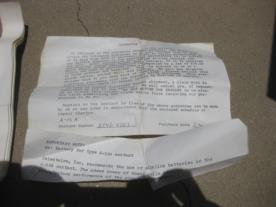
NavList:
A Community Devoted to the Preservation and Practice of Celestial Navigation and Other Methods of Traditional Wayfinding
Re: Fairchild A-10A in practice
From: Gary LaPook
Date: 2017 Jul 6, 21:28 +0000
From: Gary LaPook <NoReply_LaPook@fer3.com>
To: garylapook@pacbell.net
Sent: Thursday, July 6, 2017 2:05 PM
Subject: [NavList] Re: Fairchild A-10A in practice
Attached File:
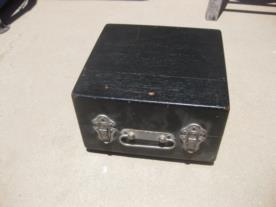

Attached File:
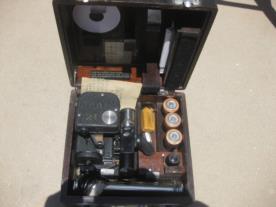

Attached File:
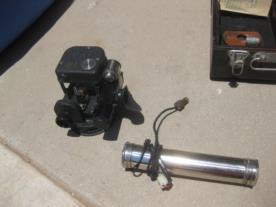

Attached File:
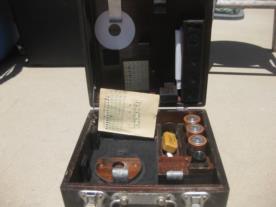

Attached File:
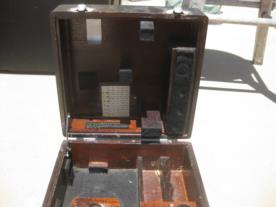

Attached File:


Attached File:


Attached File:
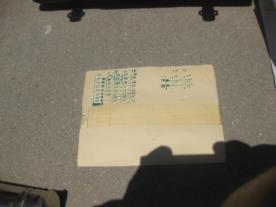

Attached File:
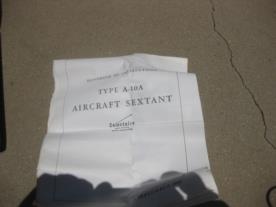

Attached File:


Attached File:
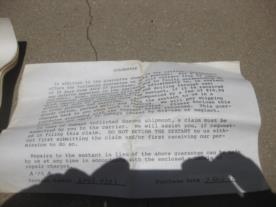

Attached File:
From: Gary LaPook
Date: 2017 Jul 6, 21:28 +0000
11. A small piece of emery cloth with which to sharpen the pencil lead .
4. The allen wrench is for adjusting the prisms.
6. I make the index mark at an exact five degree mark so it can be re-indexed when looking for any possible error. Also label with the name of body and approx time.
gl
From: Gary LaPook <NoReply_LaPook@fer3.com>
To: garylapook@pacbell.net
Sent: Thursday, July 6, 2017 2:05 PM
Subject: [NavList] Re: Fairchild A-10A in practice
Here are some photos of my A-10A "kit."
1, The battery holder for 3 "D" cells. I added an inline connector so that I could also attach the sextant to a 4.5 volt converter that I could plug into the airplane cigarette lighter socket (remember cigarette lighter sockets?)
2. Three "D" cells.
3. Two power telescope that screws into the sextant.
4. Very small allen wrench, I forget what it is for.
5. Two spare "grain-of-wheat" 4.5 volt lightbulbs for illumination of the bubble and the scale.
6. Tube of spare pencil leads.
7. Eraser.
8. Extra plastic averager disk. It is easier to swap out the disk for additional shots than to take time to erase the pencil marks. With two disks you can take four shots before having to erase. When I put the disk on I turn the knob until on an even degree mark and then make a pencil mark on the disk at theat point an lable it then I can go back, if necessary to find any possible error in the readout.
9. A little sliding scale I maade to make refraction corrections for altitude and non-standard temperatures. This turned out to be an unnecessary addition. You can see in the case a table of refraction corrections which was sufficient. In fact, just memorizing "5 above 10; 4 above 12; 3 above 16; 2 above 21; 1 above 33; and zero above 63" is good enough.
10. Papers that came with the sextant tucked up into the top of the case. This included the manual, calibration report, and guarantee, all from Celestaire when I purchased the sextant in 1977.
gl
Attached File:

Attached File:

Attached File:

Attached File:

Attached File:

Attached File:

Attached File:

Attached File:

Attached File:

Attached File:

Attached File:

Attached File:
